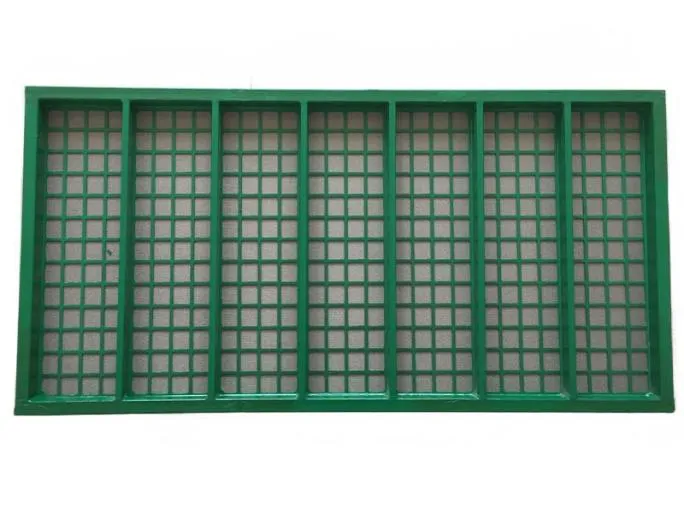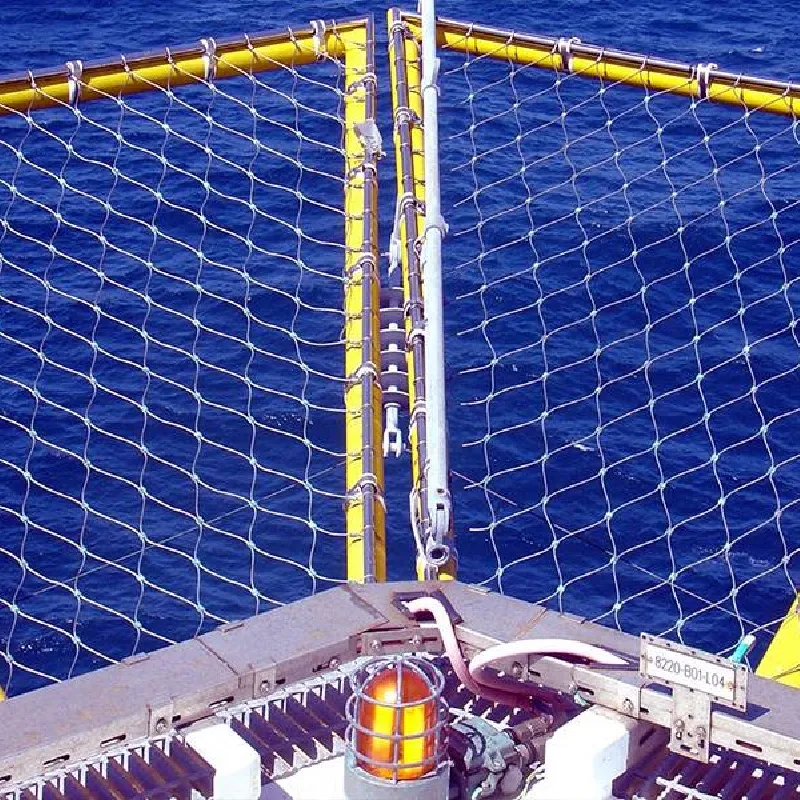- Industrial zone, South of Anping Town, Hengshui, Hebei, China.
- sales@hfpetromesh.com
- +86-18931809706
 Afrikaans
Afrikaans  Albanian
Albanian  Amharic
Amharic  Arabic
Arabic  Armenian
Armenian  Azerbaijani
Azerbaijani  Basque
Basque  Belarusian
Belarusian  Bengali
Bengali  Bosnian
Bosnian  Bulgarian
Bulgarian  Catalan
Catalan  Cebuano
Cebuano  Corsican
Corsican  Croatian
Croatian  Czech
Czech  Danish
Danish  Dutch
Dutch  English
English  Esperanto
Esperanto  Estonian
Estonian  Finnish
Finnish  French
French  Frisian
Frisian  Galician
Galician  Georgian
Georgian  German
German  Greek
Greek  Gujarati
Gujarati  Haitian Creole
Haitian Creole  hausa
hausa  hawaiian
hawaiian  Hebrew
Hebrew  Hindi
Hindi  Miao
Miao  Hungarian
Hungarian  Icelandic
Icelandic  igbo
igbo  Indonesian
Indonesian  irish
irish  Italian
Italian  Japanese
Japanese  Javanese
Javanese  Kannada
Kannada  kazakh
kazakh  Khmer
Khmer  Rwandese
Rwandese  Korean
Korean  Kurdish
Kurdish  Kyrgyz
Kyrgyz  Lao
Lao  Latin
Latin  Latvian
Latvian  Lithuanian
Lithuanian  Luxembourgish
Luxembourgish  Macedonian
Macedonian  Malgashi
Malgashi  Malay
Malay  Malayalam
Malayalam  Maltese
Maltese  Maori
Maori  Marathi
Marathi  Mongolian
Mongolian  Myanmar
Myanmar  Nepali
Nepali  Norwegian
Norwegian  Norwegian
Norwegian  Occitan
Occitan  Pashto
Pashto  Persian
Persian  Polish
Polish  Portuguese
Portuguese  Punjabi
Punjabi  Romanian
Romanian  Russian
Russian  Samoan
Samoan  Scottish Gaelic
Scottish Gaelic  Serbian
Serbian  Sesotho
Sesotho  Shona
Shona  Sindhi
Sindhi  Sinhala
Sinhala  Slovak
Slovak  Slovenian
Slovenian  Somali
Somali  Spanish
Spanish  Sundanese
Sundanese  Swahili
Swahili  Swedish
Swedish  Tagalog
Tagalog  Tajik
Tajik  Tamil
Tamil  Tatar
Tatar  Telugu
Telugu  Thai
Thai  Turkish
Turkish  Turkmen
Turkmen  Ukrainian
Ukrainian  Urdu
Urdu  Uighur
Uighur  Uzbek
Uzbek  Vietnamese
Vietnamese  Welsh
Welsh  Bantu
Bantu  Yiddish
Yiddish  Yoruba
Yoruba  Zulu
Zulu
- Afrikaans
- Albanian
- Amharic
- Arabic
- Armenian
- Azerbaijani
- Basque
- Belarusian
- Bengali
- Bosnian
- Bulgarian
- Catalan
- Cebuano
- Corsican
- Croatian
- Czech
- Danish
- Dutch
- English
- Esperanto
- Estonian
- Finnish
- French
- Frisian
- Galician
- Georgian
- German
- Greek
- Gujarati
- Haitian Creole
- hausa
- hawaiian
- Hebrew
- Hindi
- Miao
- Hungarian
- Icelandic
- igbo
- Indonesian
- irish
- Italian
- Japanese
- Javanese
- Kannada
- kazakh
- Khmer
- Rwandese
- Korean
- Kurdish
- Kyrgyz
- Lao
- Latin
- Latvian
- Lithuanian
- Luxembourgish
- Macedonian
- Malgashi
- Malay
- Malayalam
- Maltese
- Maori
- Marathi
- Mongolian
- Myanmar
- Nepali
- Norwegian
- Norwegian
- Occitan
- Pashto
- Persian
- Polish
- Portuguese
- Punjabi
- Romanian
- Russian
- Samoan
- Scottish Gaelic
- Serbian
- Sesotho
- Shona
- Sindhi
- Sinhala
- Slovak
- Slovenian
- Somali
- Spanish
- Sundanese
- Swahili
- Swedish
- Tagalog
- Tajik
- Tamil
- Tatar
- Telugu
- Thai
- Turkish
- Turkmen
- Ukrainian
- Urdu
- Uighur
- Uzbek
- Vietnamese
- Welsh
- Bantu
- Yiddish
- Yoruba
- Zulu
Feb . 17, 2025 19:26
Back to list
helideck perimeter safety nets
Enhancing safety measures on helidecks is a primary concern within the aerospace and offshore industries. The helideck safety net, a crucial component, plays a vital role in preventing accidents and ensuring safe operations. Drawing from industry experience, this article aims to delve into the expertise required in designing these nets, establishing their efficacy, and why they are a cornerstone of trust in aviation safety systems.
Authoritativeness in the industry is closely related to compliance with safety standards established by authoritative bodies such as the International Civil Aviation Organization (ICAO) and the International Maritime Organization (IMO). Organizations that design and manufacture helideck safety nets are governed by these standards, ensuring these safety mechanisms meet the strict requirements for stress and wind resistance. By adhering to these standards, manufacturers not only gain a competitive edge in the market but also assure operators of their commitment to safety and quality. Trustworthiness is further established through rigorous testing procedures. Prior to deployment, every helideck safety net undergoes extensive testing to ensure its resilience against the dynamic forces experienced during helicopter landing and take-off. Simulations replicating extreme weather conditions and emergency situations validate the net's functionality. This commitment to quality assurance fosters trust among operators, pilots, and passengers, as they can be confident in the measures in place to safeguard their safety. In conclusion, the integration of helideck safety nets underscores the industry's dedication to safety and operational excellence. By leveraging experience, expertise, and a commitment to authoritative standards, these nets stand as a reliable safety solution. The ongoing innovation and adherence to quality checks not only respond to the immediate needs of operators but proactively address potential future challenges in aerial transport safety. For industry stakeholders, investing in high-quality helideck safety nets is not just a regulatory compliance matter but a testament to robust safety culture—a culture that prioritizes human lives above all else.


Authoritativeness in the industry is closely related to compliance with safety standards established by authoritative bodies such as the International Civil Aviation Organization (ICAO) and the International Maritime Organization (IMO). Organizations that design and manufacture helideck safety nets are governed by these standards, ensuring these safety mechanisms meet the strict requirements for stress and wind resistance. By adhering to these standards, manufacturers not only gain a competitive edge in the market but also assure operators of their commitment to safety and quality. Trustworthiness is further established through rigorous testing procedures. Prior to deployment, every helideck safety net undergoes extensive testing to ensure its resilience against the dynamic forces experienced during helicopter landing and take-off. Simulations replicating extreme weather conditions and emergency situations validate the net's functionality. This commitment to quality assurance fosters trust among operators, pilots, and passengers, as they can be confident in the measures in place to safeguard their safety. In conclusion, the integration of helideck safety nets underscores the industry's dedication to safety and operational excellence. By leveraging experience, expertise, and a commitment to authoritative standards, these nets stand as a reliable safety solution. The ongoing innovation and adherence to quality checks not only respond to the immediate needs of operators but proactively address potential future challenges in aerial transport safety. For industry stakeholders, investing in high-quality helideck safety nets is not just a regulatory compliance matter but a testament to robust safety culture—a culture that prioritizes human lives above all else.
Share
Prev:
Latest news
-
Welded Steel Bar Grating: The Rugged Industrial Flooring Solution Built for Load and LongevityNewsJun.24,2025
-
Steel Walkway Grating: Reliable, Resilient, and Built for Every StepNewsJun.24,2025
-
Shale Shaker Screen for Sale: Optimize Drilling Efficiency with Precision Screening PowerNewsJun.24,2025
-
Shaker Screen for Sale: Elevate Your Drilling Efficiency with Durable Separation SolutionsNewsJun.24,2025
-
Press Locked Steel Grating: Industrial Strength with Precision Fit for Heavy-Duty ApplicationsNewsJun.24,2025
-
Perimeter Safety Netting: The Critical Safety Upgrade for Every HelipadNewsJun.24,2025